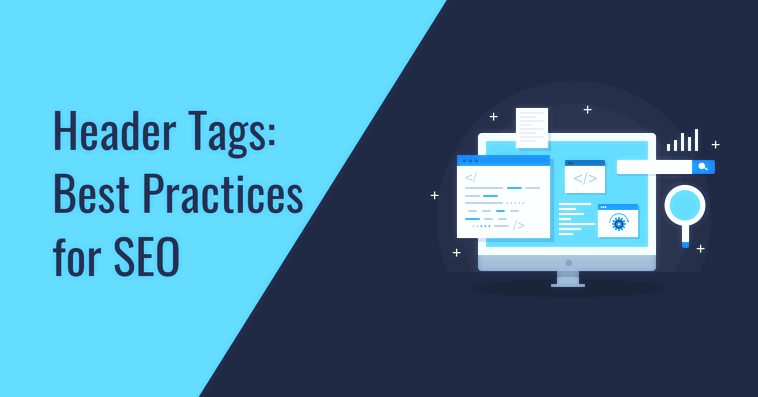
Recently, while responding to a query regarding the role of H1 headings on Google Webmaster Hangout, John Mueller, Webmaster Trends Analyst at Google, mentioned that heading tags were just great for a host of reasons, but they aren’t crucial with respect to search engine rankings.
While this is quite an important revelation from a SEO standpoint, there are more to understand the connection between SEO, search rankings and the use of heading tags. Keep reading to unfold some key aspects of H1 headings.
Relation between SEO and H1 Headings
Mueller asserts that using several H1 headings or not using it altogether shouldn’t be the cause of worry. Reason being, Google may not require H1 heading while ranking a webpage. Anyone working in the field of digital marketing is quite likely to be aware of this fact. Google’s search engine results are flooded with webpages that don’t showcase H1 headings or use them for styling purposes, which is perhaps a major misuse of H1 tags.
While there are a number of studies that have had tried establishing a connection between top-ranked websites and the use of headings, such studies ignored the modern webpages, especially the ones using WordPress templates that regularly use headings as styling navigational components.
Usefulness of H1 Headings for Usability
With respect to usability, Mueller says that headings enhance the readability of a webpage, especially for mobile versions. According to him, appropriately planned headings make it easy to communicate with a user on what the webpage is all about and breaks the intimidating text on the page up, so that it becomes convenient to read.
Key Points to Remember:
- Use as many h1 tags you want to
- Heading tags help communicate the structure of a page to Google as well users
- In terms of usability, H1 headings are useful
Appropriate Use of H1 Components
To be precise, appropriate use of all the headings, right from H1 to H4, is useful. Nesting the sub-topics of an article with the use of H2, H3 and H4 makes it easier for users to understand what it is about. The benefits of using proper heading tags are manifold. Not only does it help communicate with the humans as well as bots in a better way, it boosts page usability due to enhanced mobile readability.
The best way is to assign the H1 tag to the main title of the page and subsequently assigning the H2 tags to its subtopics. In case, a subtopic with H2 is further divided into more (secondary) subtopics, H3 tags should be assigned to all the secondary subtopics.
<H1> Main Topic</H1>
<H2> Subtopic A<H2>
<H2> Subtopic B<H2>
<H3> Subtopic to B</H3>
<H2> Subtopic C<H2>
Headings and Ease of Accessibility
Headings have a role to play in boosting the ease of accessibility for a webpage. They make it easier to access a webpage for the site visitors, who use different assistive devices to access web content.
Headings beyond Keyword Placement
If you stop considering heading tags as a place to dump your keywords and begin using them as true headings that clearly communicate what your page section is about, you will start seeing relevant information on your page. In case you don’t want to keep it, you can consider modifying it any time.
Learn how important headings are for search engine rankings. Also, know the relation between H1 headings and SEO as well as the usefulness of H1 headings for usability. Further, find here some basic points to remember while using H1 headings and how headings affect the accessibility of a webpage.
